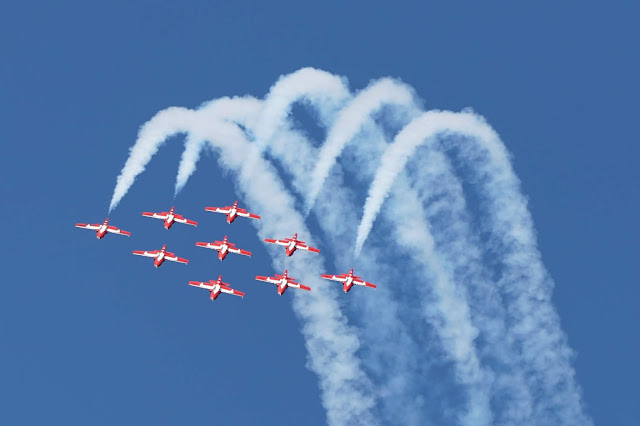WHAT NOW FOR THE SNOWBIRDS?

I'm going to take a break from my "BACK TO BASICS" series to address the recent tragedy that occurred during the Snowbird's "OPERATION INSPIRATION". As I write this, Captain Jennifer Casey will be returning home to a solemn ceremony celebrating her years of service and ultimate sacrifice. A sad occurrence, especially for the province of Nova Scotia, which is still reeling from the recent loss of a the crew of a crashed CH-148 Cyclone and the worst mass shooting/murder in Canadian history. A sad time indeed. One can only take small comfort in the fact that Capt. Casey gave her life bringing much needed hope and inspiration to others in a time of global melancholy. It is truly a grim irony that "OPERATION INSPIRATION" ended in such a tragedy. Blue skies. It is a hard blow to the Snowbirds team, the RCAF, and Canada as a whole. The question now is "What next?" The Snowbirds themselves seem to be grounded for the im


